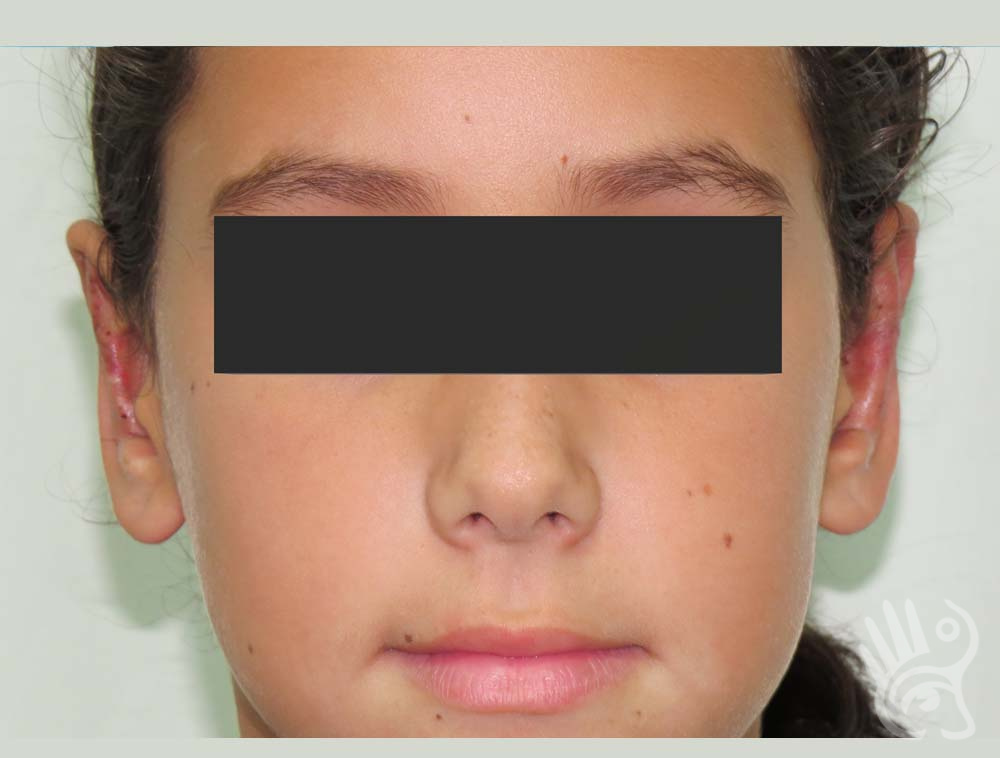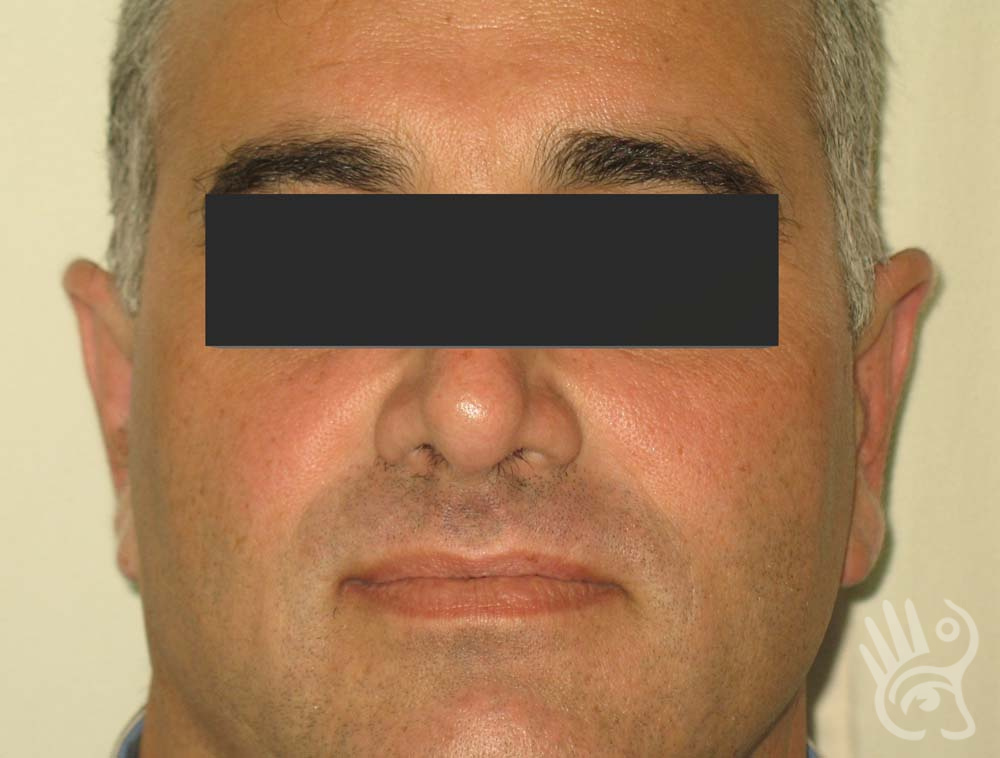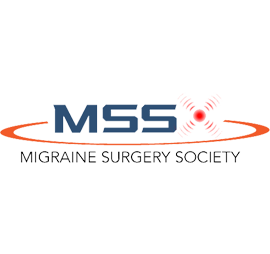There are many different abnormalities of the ear, but the prominent ear, sometimes referred to as bat ear, is the most common one. A prominent ear is the result of a congenital deformation of the cartilaginous framework of the external ear. Hearing is generally not affected, but cosmetically it can be disturbing. Children with prominent ears can be teased at school and as a result of this their self-confidence can be undermined. Often at a later age they seek correction of the ears, which shows that it has been an issue for years. Prominent ears can be corrected with plastic surgery and the medical term is an otoplasty. After birth ears continue to grow and around the age of five the ears will be about 80 % of their adult size. Therefor a correction can be done from the age of five, just before going to primary school.









